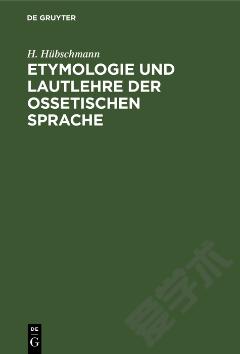Phonology and Language Use
A research perspective that takes language use into account opens up new views of old issues and provides an understanding of issues that linguists have rarely addressed. Referencing new developments in cognitive and functional linguistics, phonetics, and connectionist modeling, this book investigates various ways in which a speaker/hearer's experience with language affects the representation of phonology. Rather than assuming phonological representations in terms of phonemes, Joan Bybee adopts an exemplar model, in which specific tokens of use are stored and categorized phonetically with reference to variables in the context. This model allows an account of phonetically gradual sound change which produces lexical variation, and provides an explanatory account of the fact that many reductive sound changes affect high frequency items first. The well-known effects of type and token frequency on morphologically-conditioned phonological alterations are shown also to apply to larger sequences, such as fixed phrases and constructions, solving some of the problems formulated previously as dealing with the phonology-syntax interface.
{{comment.content}}








 京公网安备 11010802027623号
京公网安备 11010802027623号